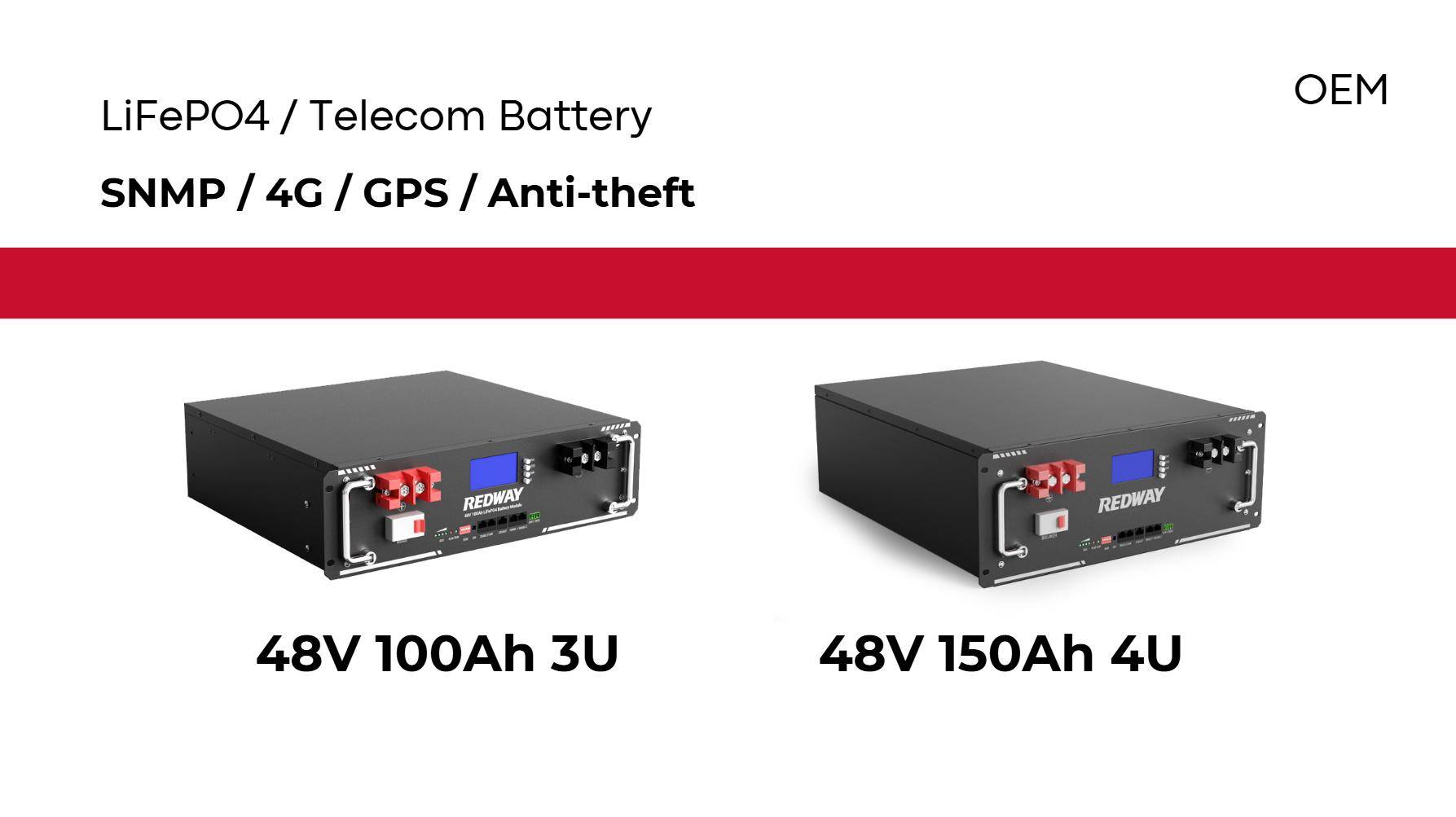
Blog
How Do Telecom Lithium Batteries Reduce Total Cost of Ownership

Telecom lithium batteries reduce total cost of ownership (TCO) through extended lifespan, lower maintenance needs, and higher energy efficiency compared to traditional alternatives. Their ability to withstand frequent charge cycles, operate in extreme temperatures, and integrate with renewable energy systems minimizes replacement costs and downtime, making them a cost-effective solution for telecom infrastructure.
What Factors Influence the Lifespan of Telecom Lithium Batteries?
Key factors include temperature management, depth of discharge (DoD), cycling frequency, and manufacturing quality. Lithium batteries degrade faster when exposed to high temperatures or frequent deep discharges. Advanced battery management systems (BMS) optimize performance by regulating voltage, temperature, and charge cycles, extending operational life beyond 10 years in optimal conditions.
Recent field studies demonstrate that proper thermal regulation can increase cycle life by 25-30%. For example, telecom sites in desert environments using active liquid cooling systems maintain 95% capacity after 5 years, compared to 78% in passively cooled systems. Depth of discharge also plays a critical role – limiting discharges to 60% instead of 90% can triple the battery’s cycle count. Leading manufacturers now offer adaptive BMS that automatically adjusts charging parameters based on real-time load demands and environmental conditions.
How Do Lithium Batteries Compare to Lead-Acid in Telecom Applications?
| Feature | Lithium | Lead-Acid |
|---|---|---|
| Cycle Life | 4,000-6,000 | 800-1,200 |
| Energy Density | 150-200 Wh/kg | 30-50 Wh/kg |
| Charge Efficiency | 95-99% | 70-85% |
What Role Does Thermal Management Play in Battery Longevity?
Effective thermal management prevents overheating, which accelerates chemical degradation. Telecom lithium batteries use passive/active cooling systems and phase-change materials to maintain 15-35°C operating ranges. This extends cycle life by up to 20% compared to unregulated environments, particularly critical in solar-powered towers exposed to temperature fluctuations.
Modern thermal management systems employ predictive algorithms that anticipate temperature changes based on weather forecasts and load patterns. For instance, batteries in tropical climates may pre-cool before peak afternoon temperatures, reducing thermal stress. Phase-change materials like paraffin wax absorb excess heat during operation and release it gradually during cooler periods. These innovations enable lithium batteries to operate at 98% efficiency even in -20°C to 50°C environments, compared to lead-acid’s effective range of 0°C to 40°C.
Know more:
Why Is High Energy Density Vital for Telecom Lithium Batteries?
How Do Telecom Lithium Batteries Reduce Total Cost of Ownership?
How Do Telecom Lithium Batteries Enable Fast Charging to Reduce Downtime?
How Do Telecom Lithium Batteries Support Environmental Sustainability?
How Do Telecom Lithium Batteries Reduce Maintenance Efforts?
How to Ensure Safety and Stability in Telecom Lithium Batteries?
Can Lithium Batteries Integrate With Renewable Energy Systems?
Yes. Lithium batteries pair seamlessly with solar/wind systems through smart controllers that manage irregular energy inputs. Their high round-trip efficiency (95% vs. 80% for lead-acid) captures more renewable energy. Telecom operators in off-grid regions report 60% fuel savings when combining lithium batteries with hybrid solar-diesel generators.
What Future Innovations Could Further Extend Battery Lifespan?
Solid-state electrolytes, silicon-anode designs, and AI-driven predictive maintenance are emerging trends. Solid-state batteries could increase cycle life to 20,000+ cycles by 2030. Real-time health monitoring via IoT sensors enables proactive replacements before failure, potentially reducing downtime costs by 90% in telecom networks.
Researchers are developing self-healing electrodes that repair microscopic cracks during charging cycles. Early prototypes show 40% slower capacity fade over 2,000 cycles. Meanwhile, AI-powered analytics platforms now predict cell failures with 92% accuracy 6 months in advance by analyzing voltage curves and impedance data. These technologies could push operational lifespans beyond 15 years while maintaining 80% capacity thresholds.
“The shift to lithium in telecom isn’t just about energy density—it’s a systems-level optimization. Our field data shows lithium batteries decrease site visits by 70% while enabling new revenue streams through excess energy storage capacity. The next frontier is bidirectional energy systems where telecom batteries stabilize local grids during outages.”
— Dr. Elena Voss, CTO of GridEdge Energy Solutions
Conclusion
Telecom lithium batteries transform TCO through technological superiority and ecosystem integration. As 5G expands to 3.7 million global sites by 2025, operators adopting lithium solutions will gain OPEX advantages while meeting sustainability targets. The combination of longer lifespan, renewable compatibility, and smart management systems positions lithium as the backbone of next-gen telecom infrastructure.
FAQs
- How many cycles do telecom lithium batteries typically last?
- High-quality telecom lithium batteries achieve 4,000-6,000 cycles at 80% depth of discharge, compared to 1,200 cycles for advanced lead-acid. This translates to 10-15 years of service in typical daily cycling scenarios.
- Do lithium batteries require special fire suppression in telecom shelters?
- While lithium batteries have lower flammability risk than early models, NFPA 855 standards recommend heat sensors and Class D fire extinguishers. Newer battery designs incorporate flame-retardant separators, reducing fire-related insurance premiums by 25% versus older installations.
- What recycling options exist for end-of-life telecom lithium batteries?
- Leading recyclers recover 95% of lithium, cobalt, and nickel through hydrometallurgical processes. The EU’s Battery Passport initiative mandates 70% recycled content by 2030, creating closed-loop systems where telecom operators receive rebates for returning spent batteries.













